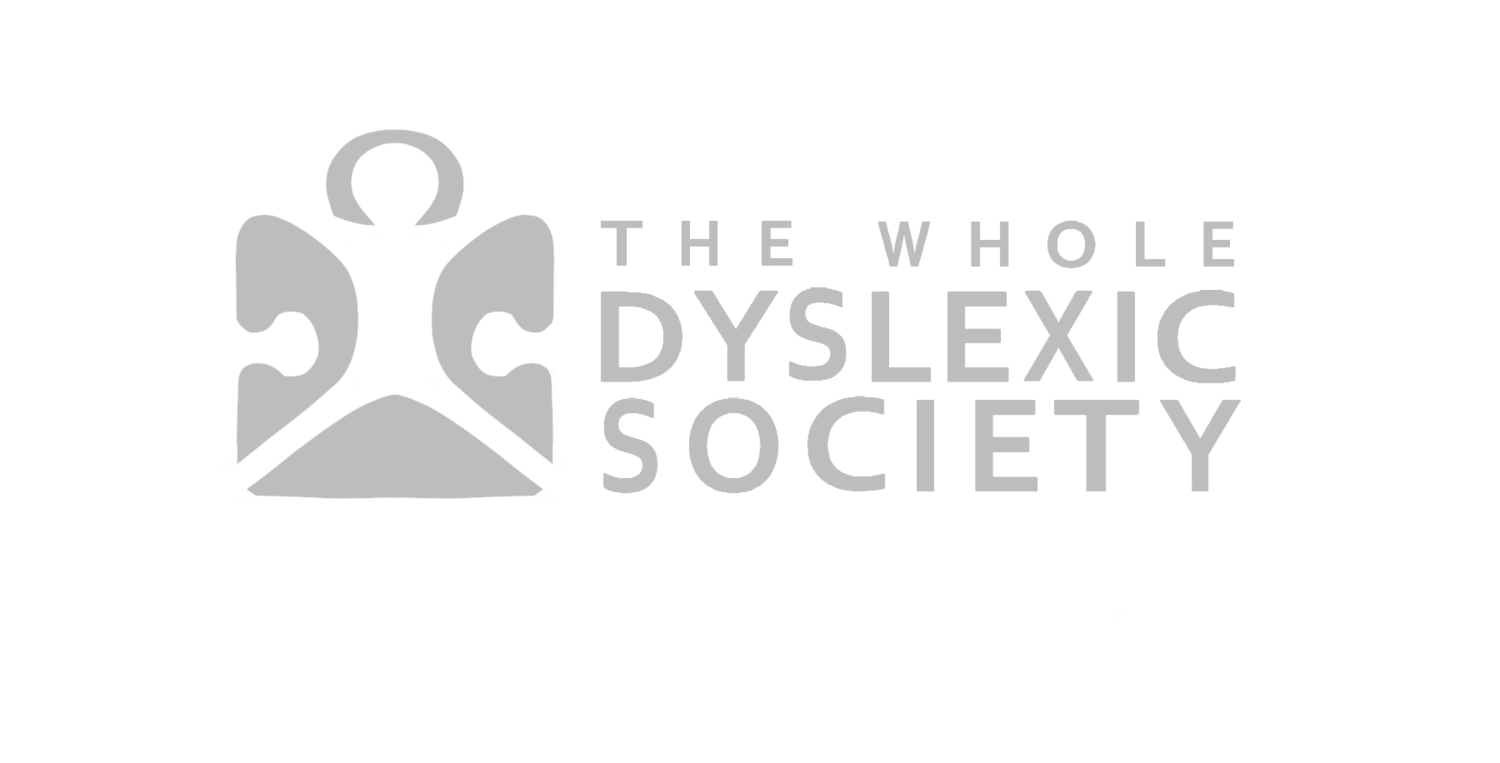Dyslexia Correction Program
The Davis Dyslexia Correction Program is suitable for students aged 8-80 who are experiencing challenges in reading, writing, comprehension, and retention of text.
Interview and Assessment
An initial interview is used to establish whether the Davis Dyslexia Correction Program is appropriate for the individual, including a perceptual ability assessment. After this interview, a program designed to meet the needs and goals of the individual is developed which may include spelling, handwriting ADD/ADHD issues in addition to reading.
The Program
The week long, program runs from Monday to Friday, 9am to 4pm, one-on-one with a certified Davis Correction Facilitator, and will include the following:
Davis Orientation Counseling: The Davis methods provide the individual with a mental ‘on/off’ switch to enable them to perceive accurately.
Symbol Mastery: Once accurate perception is ensured, the dyslexic is guided to make models of the basic symbols of reading and writing (i.e. alphabet in upper and lower case and punctuation marks) and resolve existing confusion. Clay is used as a three-dimensional medium, to fully experience the creative process, which is regarded as an essential part of understanding and learning.
Word Mastery: The individual creates both the word and its meaning in clay, which resolves the confusion and enables the dyslexic to think with the meaning of the word.
Reading Exercises: The three-stage reading exercises ensure accurate word recognition and lead to fluency, comprehension, and retention of information:
Spell Reading trains the eye to move from left to right and recognize groups of letters as words. This is also very helpful in improving spelling.
Sweep-Sweep-Spell continues to train the eye from left to right and provides the opportunity for word recognition.
Picture at Punctuation (used when reading reaches grade level) facilitates comprehension and retention of text.
Auditory Orientation: This procedure ensures that the individual has accurate auditory perception, which will help them with their listening skills.
Release and Dial: These two tools will help the individual to control their energy levels and emotions to suit the task at hand.
Balance and Co-ordination: Kinesthetic and balancing exercises help resolve many coordination challenges and/or left-right confusions.
Support Training: On the Friday afternoon, training is provided for a family member/helper to support the follow-up at home. Continued post program support is an essential part of its success. This includes:
3 review sessions with the Facilitator
Continued email and phone support
Materials required for post program follow up
Social support sessions throughout the year
General
It is essential that the helpers have read “The Gift of Dyslexia”
It is suggested that they watch a video “Dyslexia – the Gift”
The greater the understanding in the family/school/post-program support system, the easier it is for the child to make their new learning techniques a real part of their real lives
The program is fun, plenty of breaks are taken, the week is paced for the individual
